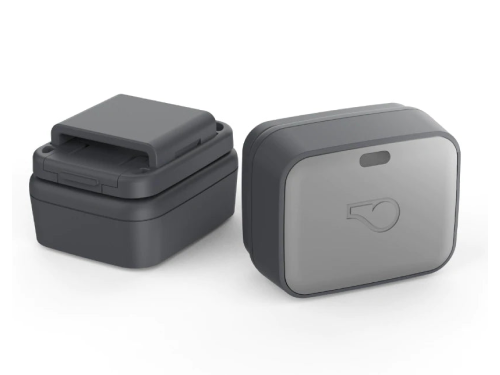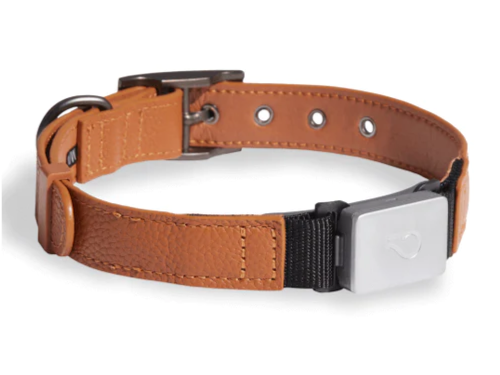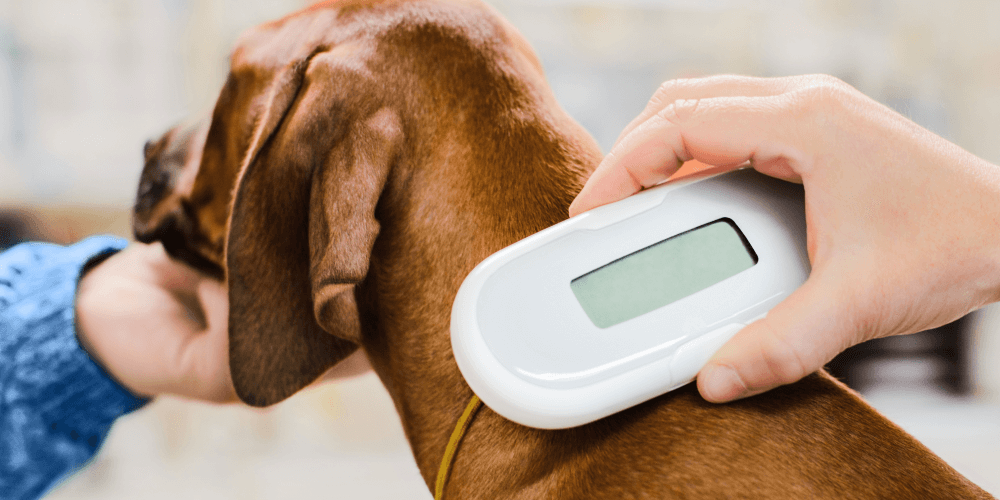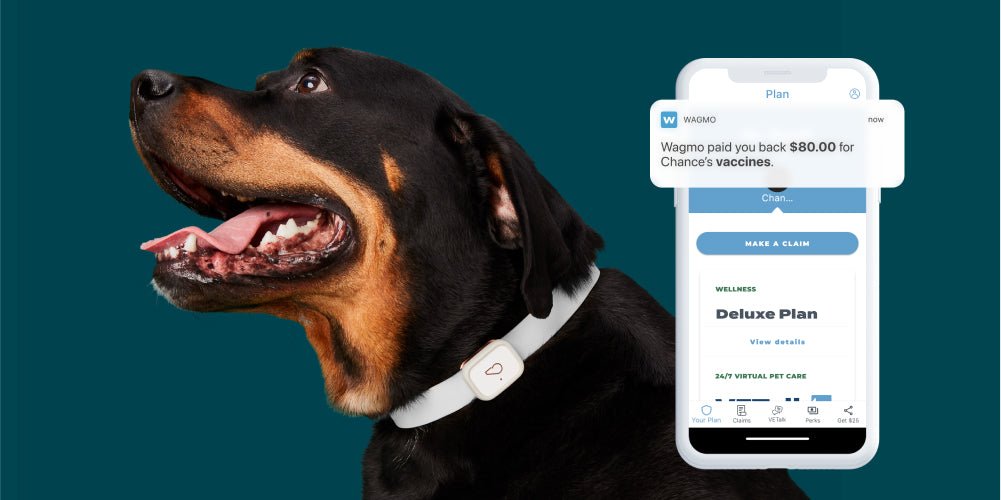Do I need pet insurance?

Your dog’s companionship might be priceless but their vet care can come with a hefty price tag.
In 2022, pet parents spent almost $36 billion on vet care. It’s not just the annual wellness visits that add up: Treating diabetes, arthritis or other chronic conditions or vet visits for an unexpected illness or emergencies can be a massive financial hit, which one of the main reasons that more pet parents are purchasing pet insurance policies.
The latest data shows that 5.36 million pets in North America were insured in 2022—a 22% increase over the previous year.
What is pet insurance?
Pet insurance is similar to health insurance coverage for humans: You purchase a policy and pay the premiums and the insurance provider will cover a portion of your pet’s medical bills. Different policies that offer various levels of protection.
Accident only plans: These plans cover accidents (think broken bones, injuries from dog park scuffles or scarfing down a bag of Halloween candy) but offer no reimbursement for routine vet care.
Accident and illness plans: Illnesses such as cancer, urinary tract infections, allergies, digestive issues or hypothyroidism as well as coverage for accidents are included in these plans. You can be reimbursed if your pet needs x-rays, ultrasounds, CT scans or other diagnostic tests to treat accidents or illnesses.
Preventive plans: Consider this “wellness insurance” that covers routine costs such as annual exams and vaccinations. Preventive plans are often purchased alongside accident or accident and illness plans.
Some pet insurance policies also cover alternative and holistic care, vitamins and supplements and training for behavioral issues. Remember, the more a policy covers, the higher the premium.
How does pet insurance work?
Different pet insurance providers offer different types of coverage: Some reimburse covered expenses, which means pet parents need to pay the veterinarian and submit receipts to the insurance provider while others allow veterinarians to submit claims so pet parents are only responsible for the portion of the bill that their pet insurance policy doesn’t cover.
Some policies have waiting periods, which means coverage doesn’t kick in right away and there are often deductibles that must be paid out-of-pocket before pet insurance begins covering costs.
What does pet insurance cover?
No two pet insurance policies are the same. Some cover just accidents while others cover illnesses and preventive care so it’s important to read the fine print to understand what is—and is not--included.
Most pet insurance policies don’t cover elective procedures such as tail docking, doggie dentals and dew claw removal and some pet insurance providers consider spay/neuter surgeries elective, which means those procedures aren’t covered. If you’re wondering, “Does pet insurance cover spaying?” call the provider to ask before purchasing a plan.
Pet insurance doesn’t cover pre-existing conditions and excludes costs for grooming, food and parasite prevention.
How much is pet insurance for dogs?
The cost of pet insurance depends on what the plan covers—but it might be less expensive than you think. In 2022, the average annual premium for an accident only plan was $200.58 or $16.70 per month and the average annual premium for accident and illness plans was $640.04 or $53.34 per month.
Remember, the more comprehensive the coverage, the higher the cost. A pet insurance plan that covers accidents will be the least expensive; adding accidents, illnesses and preventive care increases the coverage as well as the premiums.
There are several other factors that influence the cost of pet insurance:
Age: Puppies are the least expensive to insure; the older the dog, the pricier the plans.
Breed: Certain breed are more prone to genetic conditions, which makes coverage more expensive. Beagles, shih tzu, Norwegian Elkhound, Labrador Retriever and Australian Cattle dogs are among the breeds at higher risk for certain genetic diseases.
Location: Vet care is more expensive in certain regions and pet insurance policies are priced to reflect the cost of care.
There are several companies offering pet insurance plans. Shop around to find the policy that is the best fit for your pet and your budget.
Is pet insurance worth it?
Pet insurance is an added cost, which might leave pet parents wondering if it’s worth it. Consider this: One survey found that 27% of pet owners had to refuse vet care due to finances.
Even if you have savings to cover unexpected vet bills, treatment for emergencies or serious illnesses like cancer can take a major toll on your bank balance. Pet insurance can reimburse you for those expenses, allowing you to provide the care your pet needs without stressing about the cost of vet bills.
How do veterinarians feel about pet insurance?
A recent USA Today article asked vets whether pet parents should get pet insurance. Dr. Lisa Lippman, a veterinarian in New York called pet insurance “vital” and said she encourages pet owners to purchase policies—she even has pet insurance for her own dog, which helped her cover the cost of cancer treatment.
How Whistle can help:
Whistle is the ultimate partner in preventative care.
Among those who use Whistle devices, 24% experienced a reduction in insurance claims because tracking health and activity with Whistle Health, Health & GPS and Health & GPS+ have helped them manage obesity and skin and coat health from home and allowed them to get earlier vet intervention to prevent long-term issues.
Whistle creates healthier behaviors that benefit pets, pet owners and providers. Let us help you create a plan that includes Whistle in their coverage.









